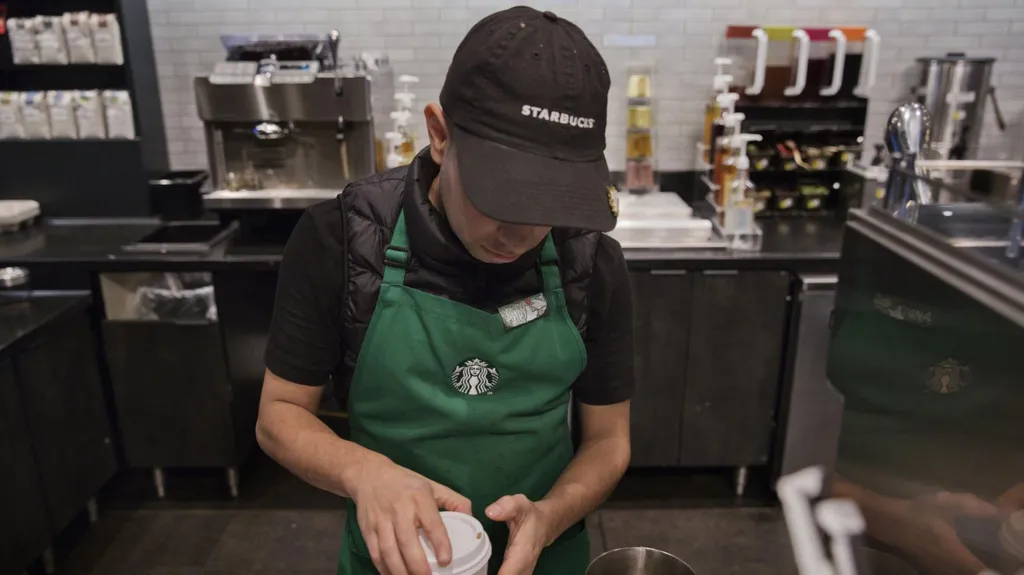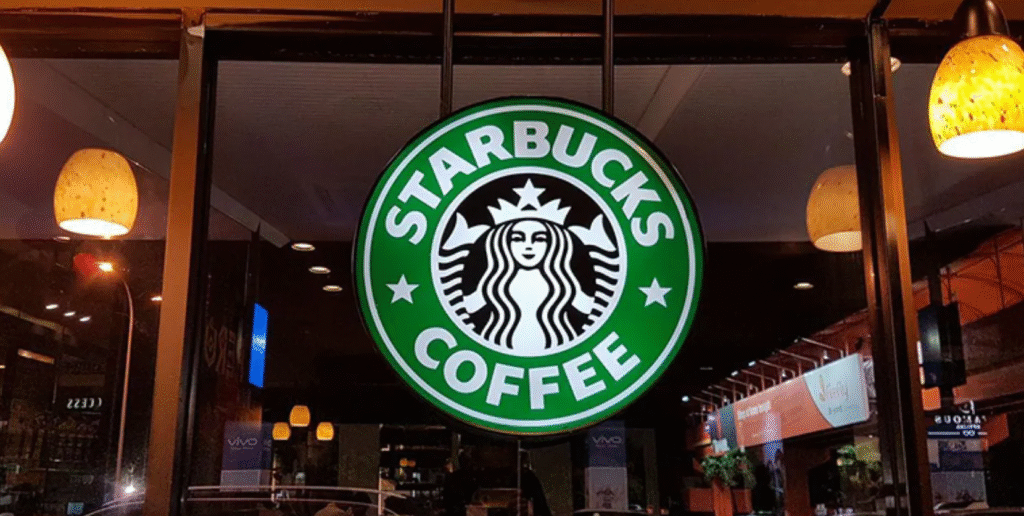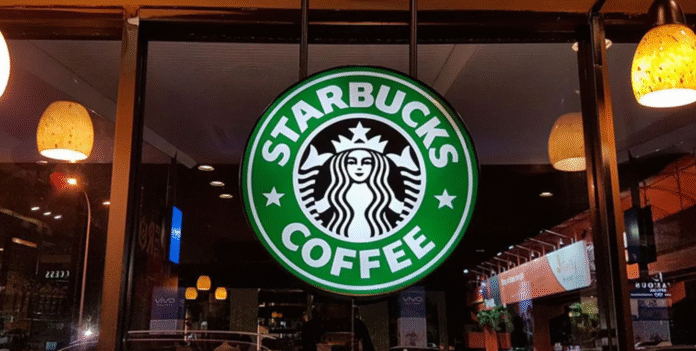Starbucks Store Closures: What’s Behind the Global Shakeup?
Starbucks store closures have dominated headlines after the coffee giant confirmed plans to shut down several underperforming branches across the US, UK, and parts of Europe. The decision comes as part of a wide-ranging cost-saving strategy aimed at reviving sales in the brand’s most important markets.
Alongside the closures, the company announced nearly 900 job cuts in the United States, mostly in support staff roles. While painful for employees and communities that rely on local Starbucks stores, executives say the changes are designed to streamline operations and deliver a better customer experience.

Starbucks Store Closures and Job Cuts
In its announcement, Starbucks confirmed that most of the store closures would take place in North America, with additional branches closing in the UK, Austria, and Switzerland.
Chief Executive Officer Brian Niccol explained that many of the targeted stores were “unable to create the physical environment our customers and partners expect” or simply lacked a path toward financial sustainability.
Despite the bad news, Starbucks emphasized that it is still on track to open 80 new stores in the UK and 150 across Europe, the Middle East, and Africa (EMEA) within this financial year. This mix of closures and openings reflects a broader “portfolio review”, shutting down poorly performing locations while investing in areas with higher growth potential.
Why Starbucks Store Closures Are Happening
Starbucks has been struggling in its biggest and most profitable market: the United States. In July, the company reported its sixth consecutive quarterly drop in US sales, with customers increasingly dissatisfied over long wait times, higher prices, and changing menus.
The Starbucks store closures are part of Niccol’s turnaround strategy. After joining the company last year, following a successful six-year tenure at Chipotle Mexican Grill, Niccol set out to modernize the coffee chain. His initiatives include:
-
Remodeling stores with more seating and better layouts.
-
Bringing back self-service condiment bars, once a customer favorite.
-
Simplifying the menu to improve efficiency.
-
Investing in new technology to reduce wait times and streamline operations.
Niccol insists these steps will help win back dissatisfied customers while addressing financial concerns.
Starbucks Store Closures and Union Battles
Another key factor in Starbucks’ restructuring is its ongoing battle with baristas pushing for unionization.
Workers United, which is affiliated with the Service Employees International Union, claims to represent employees at over 600 company-owned US stores. The union has been demanding a contract agreement, citing chronic understaffing, overwhelming workloads, and poor communication from management.
The group reacted sharply to the latest announcement, stating:
“Yet again, we’re experiencing new policies and major decisions being made with zero barista input.”
The union also filed a formal request for information regarding the planned Starbucks store closures, describing the move as proof that “things are only going backwards under Brian Niccol’s leadership.”
The Numbers Behind the Starbucks Shakeup
Here are some key figures highlighting the scale of the issue:
-
900 US jobs cut as part of support staff reductions.
-
80 new UK stores still scheduled to open this year.
-
150 new stores across EMEA planned despite closures in Austria, Switzerland, and the UK.
-
6 straight quarters of declining US sales.
-
8% drop in shares so far this year.
For investors and employees alike, these numbers paint a picture of a company in transition, fighting to balance cost-cutting with expansion.

Starbucks Store Closures and Customer Reactions
For many customers, Starbucks is more than just a coffee shop. It’s a daily ritual, a workspace, or even a social hub. News of Starbucks store closures has left some loyal customers disappointed, particularly in communities where Starbucks serves as a central gathering place.
On social media, reactions have been mixed. Some customers expressed frustration at losing their neighborhood store, while others pointed out that new openings might bring improved facilities and service.
The challenge for Starbucks lies in convincing customers that the closures are a step toward better service, not a retreat.
The Bigger Picture: Starbucks’ Future Strategy
Starbucks’ decision mirrors moves by other global food and beverage giants facing similar pressures. Inflation, shifting consumer habits, and rising labor costs have reshaped the industry landscape.
Niccol’s leadership style, focused on bold restructuring and modernization, is seen as essential for Starbucks’ survival in the highly competitive coffee market. Whether these Starbucks store closures will lead to long-term success remains to be seen, but the company insists it remains committed to growth, innovation, and customer loyalty.
Conclusion: What the Starbucks Store Closures Mean
The latest round of Starbucks store closures highlights the balancing act between cutting costs and sustaining growth. For employees, the changes are disruptive and painful. For customers, they’re a reminder that even the world’s biggest coffee chain is vulnerable to economic pressures and changing consumer expectations.
As Starbucks doubles down on remodeling, expansion in growth markets, and digital innovation, the question remains: can it win back dissatisfied customers while keeping baristas and investors on its side?

